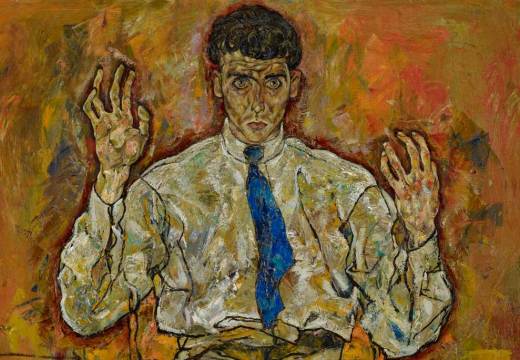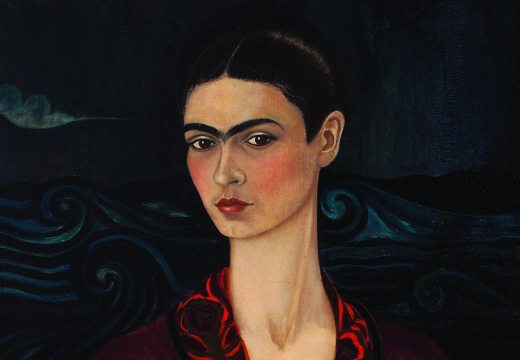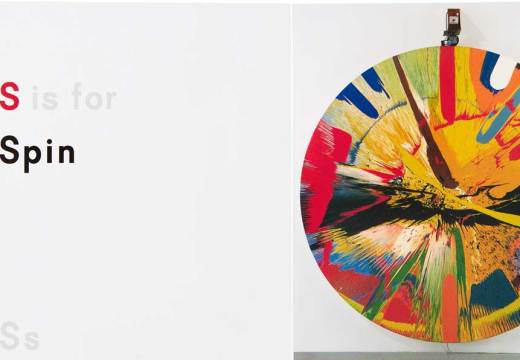Smaller museums and galleries often get overlooked in the national and international press. In a new series, Apollo asks museum directors and curators what makes their small wonders so unique. Helen Watson is the director of exhibitions and collections of the Abbot Hall Art Gallery in Kendal.
Can you tell us a bit about the gallery’s history?
Unlike most galleries, Abbot Hall Art Gallery did not start with a collection that needed somewhere to be displayed, but with a building that needed saving. It was one of only two Grade I listed buildings in Kendal, and by the 1950s it was almost derelict and threatened with demolition. A group of local people formed a charitable trust (now the Lakeland Arts) in order to save the building and turned it into an art gallery in 1962. The collections rapidly grew, as did its reputation, and by the late 1990s Abbot Hall was seen as having one of the most exciting exhibition programmes in the North with successful shows of work by Lucian Freud, Sean Scully and Bridget Riley.
Originally built in 1759 the gallery is a beautiful example of Georgian architecture and is sited next to the River Kent. Today the gallery comprises two floors of light-filled spaces in which to see historical, modern and contemporary art.
What makes this collection unique?
The collection is unique in many ways from its size to its breadth. For a gallery of its size we have a very large and impressive collection of over 6000 works ranging from JMW Turner to Paula Rego. We have an active collecting policy, ensuring we keep the collection relevant and alive for future generations. The collection contains a superb collection of mid 18th to early 19th century watercolours featuring JMW Turner and John Ruskin, a strong group of works by the 18th-century portrait painter George Romney, and a collection of work by German artist Kurt Schwitters. The collection also boasts an impressive modern collection featuring Ben Nicholson, Bridget Riley, Lucian Freud and Paula Rego.
How does it relate to the local area?
The collection relates to the local area in many ways, from works by nationally recognised artists with strong connections to Cumbria such as George Romney, Shelia Fell and John Ruskin, to those featuring the distinct Lake District landscape including the lakes, meres and fells. We also work with many artists whose work is inspired by landscape including Richard Long and David Nash.
How did you come to work here?
I previously worked as the Deputy Head of Education for the National Galleries of Scotland but was keen to return to my curating roots and had watched with interest the success of the gallery over many years. When a job came up I jumped at the opportunity.
What are the greatest challenges of running a regional museum?
The biggest challenge is getting people to realise we are only 15 minutes by car from the M6 and can be reached from London by train in 2 hours 40 minutes. We are not in the middle of nowhere. The other big challenge is retaining and increasing our audiences and visitor figures whilst situated in a thinly populated area such as Cumbria.
What is your personal highlight from the collection?
The Great Picture attributed to Jan van Belcamp painted in 1646. It fills me with awe every time I see it and is one of the most extraordinary works of the 17th century. The oil on canvas painting is majestic in size at over five metres in width and two metres in height. The work was commissioned by the formidable Lady Anne Clifford to mark her final succession to the inheritance that she had always felt was rightfully hers.
How well you do you feel you know the collection? Does it continue to surprise you?
The collection alone at Abbot Hall comprises over 6000 works so it would take a very long time to know the whole collection. The collection surprises me on a daily basis and visitors are often taken aback by the quality and range of what we have on show. Lakeland Arts is committed to engaging contemporary artists with the collection, and for me this is when the collections really come alive and surprise both the artists and visitors with new interpretations and connections.
How has the museum developed during your tenure?
A great deal has changed over the last five years. Lakeland Arts has grown considerably in popularity with increased visitor figures. The artistic programme has become more ambitious and exhibitions have taken place across Lakeland Arts’ venues, in 2013 we staged a hugely successful Lynn Chadwick exhibition at Abbot Hall and also at Blackwell, the Arts & Crafts House, where we positioned four sculptures in the breathtaking grounds. I have been keen to promote Abbot Hall’s impressive permanent collection and to ensure that there is always something new on display at the gallery. I am also committed to increasing the learning and engagement programme that really brings the artistic programme alive.
And what does the future hold for Abbot Hall Art Gallery?
The future is bright for Abbot Hall Art Gallery. In the short term we have another ambitious and strong year of exhibitions featuring Patrick Caulfield, Barbara Hepworth, British Surrealists and an innovative partnership exhibition with Grizedale Arts. The long term vision for Abbot Hall is a redevelopment of the site, allowing us to display more of our collections, curate larger temporary exhibitions and increase our space and capacity for inspirational learning and engagement programmes. Watch this space.
Helen Watson is the director of exhibitions and collections of the Abbot Hall Art Gallery in Kendal.
Unlimited access from just $16 every 3 months
Subscribe to get unlimited and exclusive access to the top art stories, interviews and exhibition reviews.














![Masterpiece [Re]discovery 2022. Photo: Ben Fisher Photography, courtesy of Masterpiece London](http://www.apollo-magazine.com/wp-content/uploads/2022/07/MPL2022_4263.jpg)
It’s time for the government of London to return to its rightful home